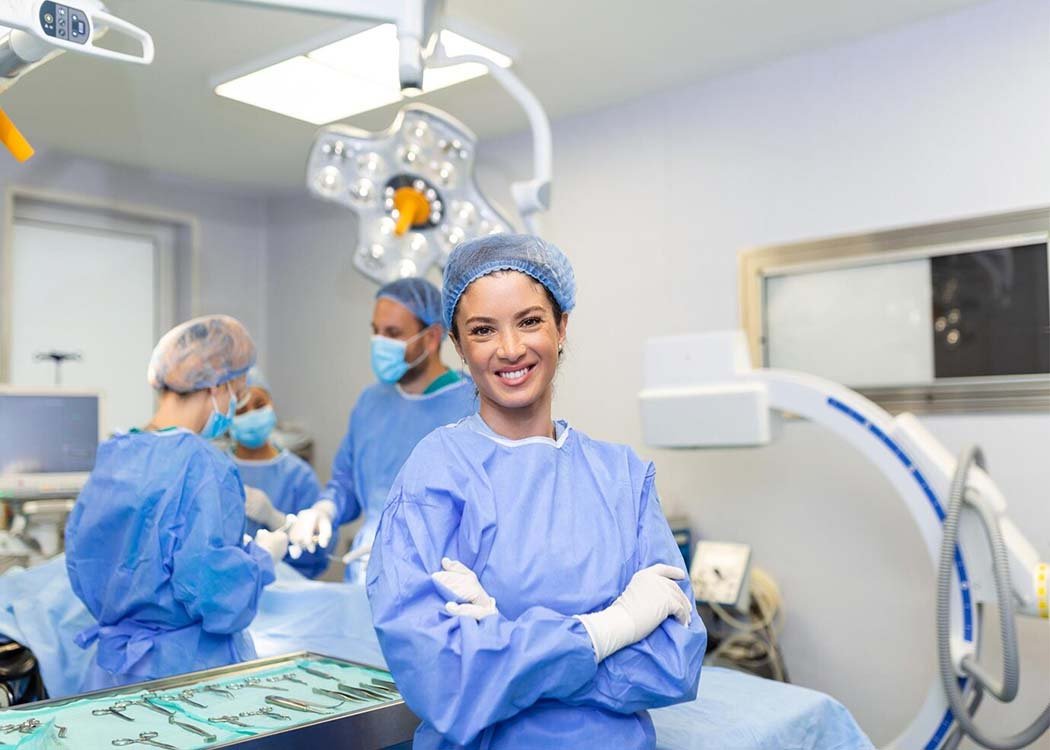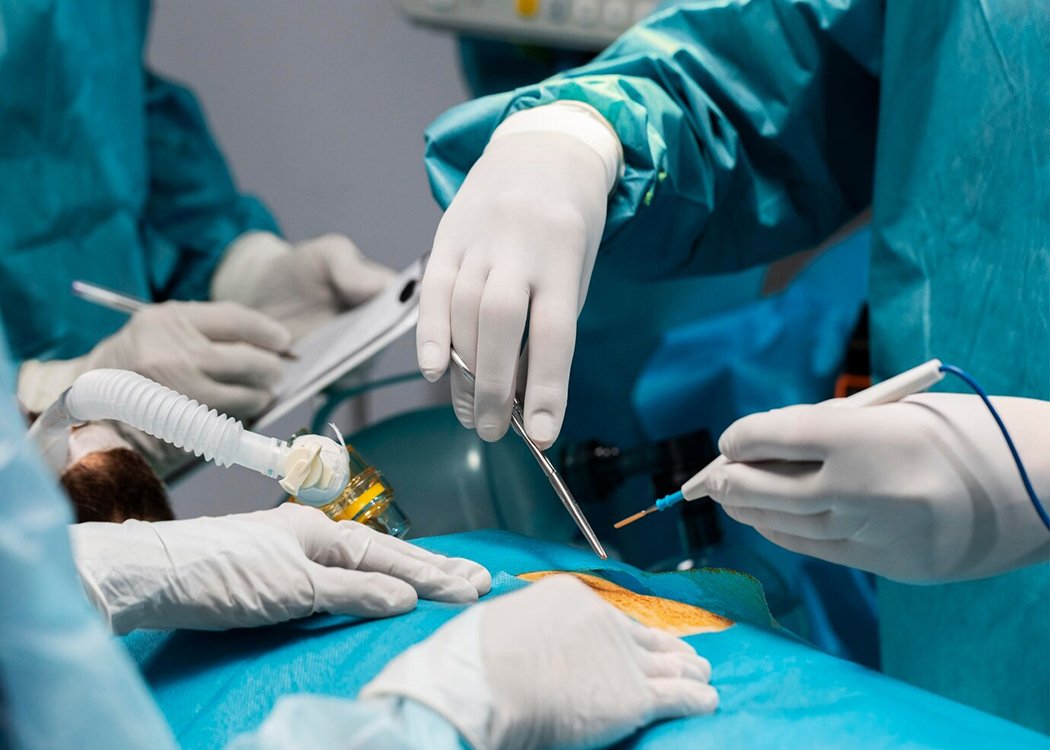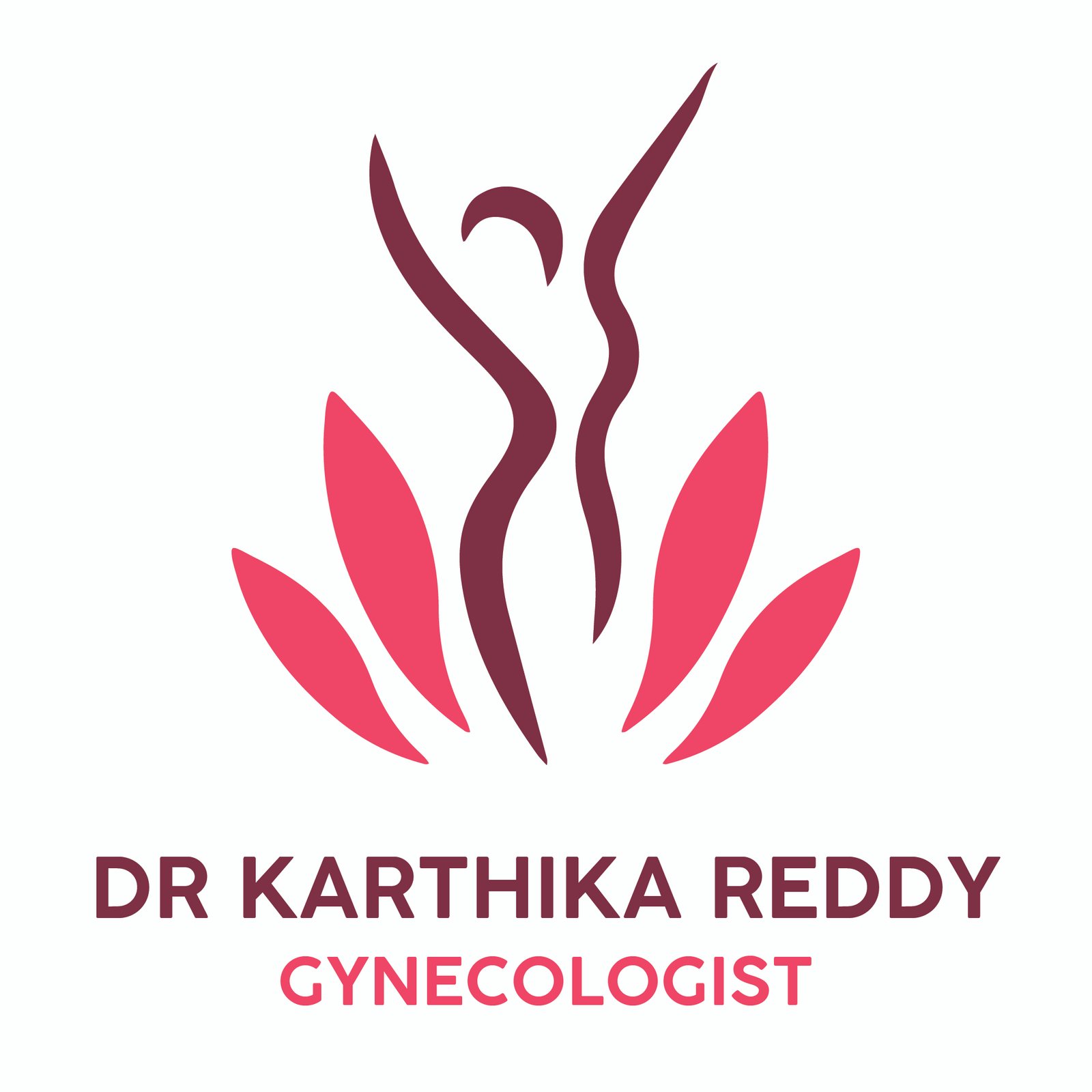In the realm of minimally invasive surgeries, hysteroscopic and laparoscopic procedures stand out as groundbreaking techniques revolutionizing gynecological treatments. These sophisticated methods, often used independently or sometimes simultaneously, offer precise diagnostic and therapeutic benefits for various gynecological conditions. Let’s delve into the intricacies of hysteroscopic laparoscopy, the differences between the two, and the combined potential they present in medical interventions.


Understanding Hysteroscopy Laparoscopy:
Hysteroscopic Laparoscopy refers to the combination of two minimally invasive procedures—hysteroscopy and laparoscopy—conducted simultaneously or sequentially. These procedures cater to distinct yet complementary aspects of gynecological diagnostics and treatments.
Hysteroscopy:
Hysteroscopy involves the insertion of a slender, lighted telescope-like device, called a hysteroscope, through the cervix into the uterus. This allows direct visualization of the uterine cavity, aiding in the diagnosis and treatment of various uterine abnormalities like fibroids, polyps, adhesions, and abnormalities of the uterine lining.
Laparoscopy:
Laparoscopy, on the other hand, entails the insertion of a laparoscope—a thin tube with a camera and light source—through small incisions in the abdominal wall. This technique grants a clear view of the pelvic organs, assisting in the diagnosis and treatment of conditions affecting the ovaries, fallopian tubes, and surrounding tissues. Conditions like endometriosis, ovarian cysts, and ectopic pregnancies are effectively addressed through laparoscopic procedures.
Distinguishing Hysteroscopy from Laparoscopy:
Understanding the differences between hysteroscopy and laparoscopy is crucial in appreciating their individual contributions to gynecological care:
Procedure Focus:
Hysteroscopy:
Concentrates on visualizing and treating issues within the uterus.
Laparoscopy:
Focuses on examining and addressing conditions in the pelvic region outside the uterus.
Scope of Visualization:
Hysteroscopy:
Visualizes the interior of the uterus.
Laparoscopy:
Provides a view of the pelvic cavity, including the ovaries, fallopian tubes, and surrounding tissues.
Entry Point and Instrumentation:
Hysteroscopy:
Utilizes a hysteroscope inserted through the cervix.
Laparoscopy:
Involves a laparoscope inserted through small abdominal incisions.
Diagnostic vs. Therapeutic:
Hysteroscopy:
Primarily diagnostic, it can also facilitate therapeutic interventions like polypectomy or adhesiolysis.
Laparoscopy:
Both diagnostic and therapeutic, allowing for the removal of cysts, treatment of endometriosis, or tubal ligation, among others.
Hysteroscopy and Laparoscopic surgeries together
In certain cases, the simultaneous use of hysteroscopy and laparoscopy maximizes diagnostic accuracy and therapeutic outcomes. This combined approach proves beneficial when gynecological conditions involve both the uterine cavity and the surrounding pelvic organs. For instance, investigating infertility issues might require assessing both the uterus and the fallopian tubes, which can be efficiently achieved through a combined procedure.
Procedure and Recovery:
Hysteroscopy and Laparoscopy at Same Time:
The joint procedure involves careful coordination between specialists. The patient is under anesthesia, and the hysteroscope and laparoscope are introduced as needed. Post-surgery, recovery periods are relatively short, with minimal scarring due to the small incisions.
Conclusion:
In the landscape of gynecological treatments, the advent of hysteroscopic and laparoscopic surgeries has paved the way for precise diagnoses and effective interventions with minimal invasiveness and shorter recovery times. Understanding the differences and potential synergies between these procedures empowers both patients and medical practitioners to make informed decisions, offering tailored solutions for various gynecological concerns.
Hysteroscopy laparoscopy, with its diagnostic accuracy and therapeutic capabilities, stands as a beacon of hope in the realm of women’s health, promising improved outcomes and enhanced quality of life for those seeking gynecological interventions.
As advancements continue to refine these techniques, the future holds even greater promise for gynecological care, ensuring enhanced precision, reduced invasiveness, and improved patient experiences.
Dr. Karthika Reddy is the best laparoscopic and hysteroscopic surgeon in Hyderabad, practicing at Yashoda Hospital would be the best way to inquire about treatments and consultations. You might find her expertise beneficial for your needs.
FAQ'S
Laparoscopic surgery is a minimally invasive surgical technique that uses small incisions and a camera to view and operate on the internal organs.
Laparoscopic surgery can be used to treat a variety of conditions, including endometriosis, fibroids, ovarian cysts, and ectopic pregnancies.
Hysteroscopic surgery is a minimally invasive surgical procedure that uses a thin, lighted tube called a hysteroscope to examine and operate on the inside of the uterus.
Hysteroscopic surgery can be used to treat various uterine conditions, including uterine fibroids, polyps, and abnormal bleeding.
The recovery time can vary depending on the type of surgery and individual factors, but generally it takes 1-2 weeks for full recovery.
As with any surgical procedure, there are potential risks such as bleeding, infection, and damage to surrounding organs. However, the risks are minimal with laparoscopic and hysteroscopic surgeries compared to traditional open surgeries.
